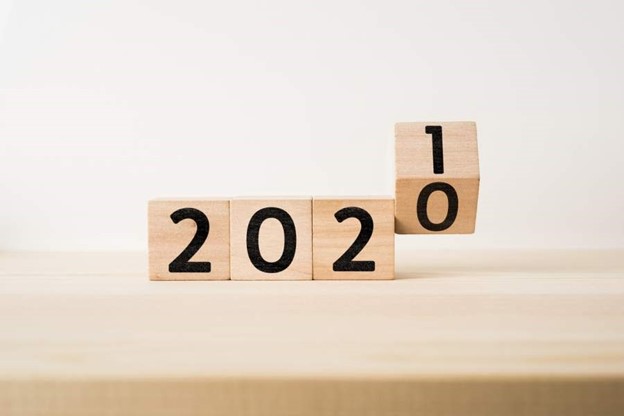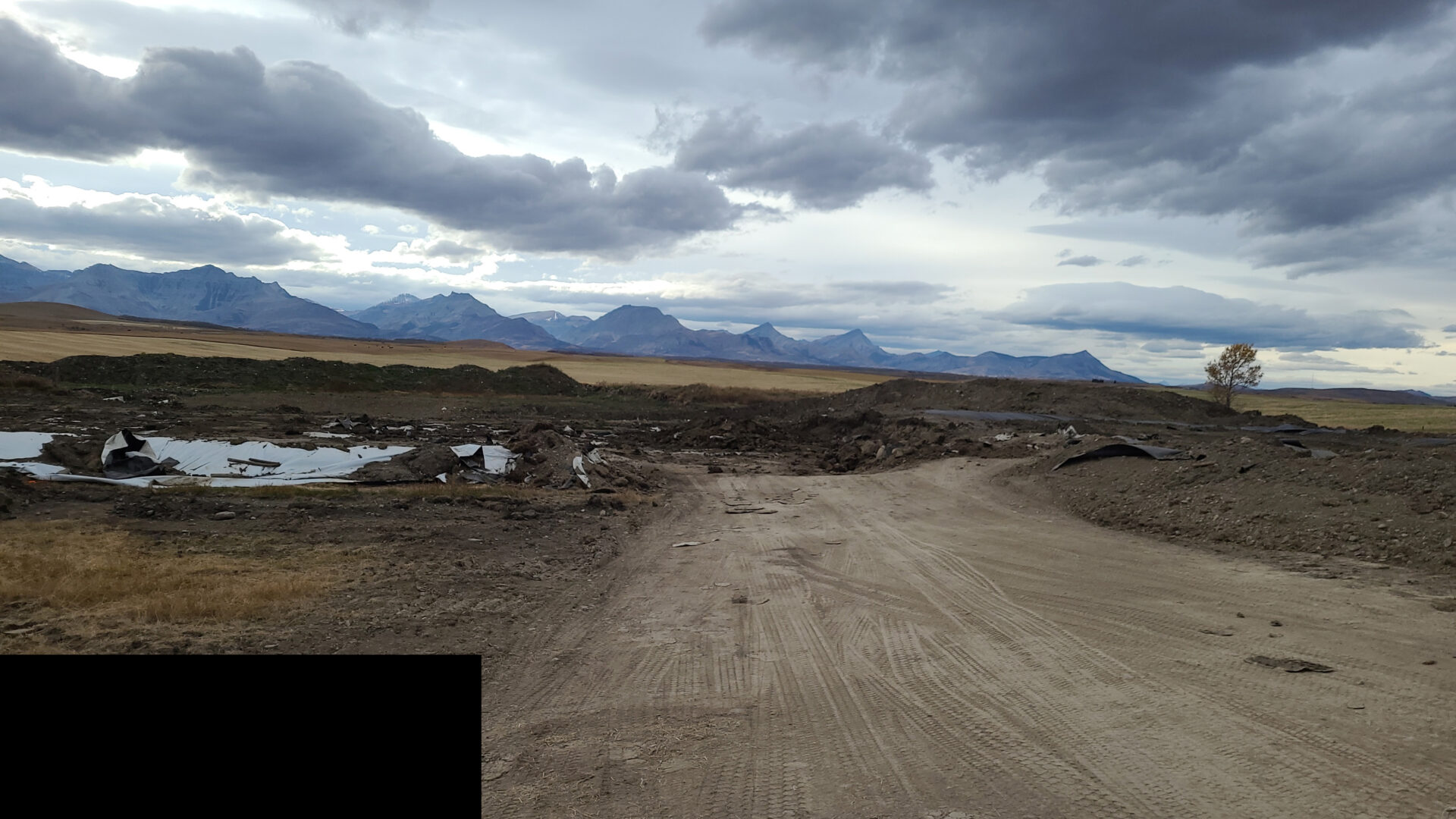Without going out on a limb here, we think it is safe to say that 2020 has been another chaotic year for the energy industry in Canada.
At a macro-level, we’ve witnessed sub-zero commodity prices, a global pandemic, mounting pressure from the worldwide ES&G movement, political upheaval south of the border, and our own version of federal and provincial dysfunction at unheard-of levels.
Throughout this, there has been a consistent and steady rise in awareness around legacy liability connected to the energy industry. And while this is not a 2020 phenomenon – the topic has been escalating since 2016 arguably – it has been re-highlighted many times over.
As we look back on our year, we can point to two key “events” which highlighted the importance of Asset Retirement Obligations (ARO). We also offer a few thoughts on future planning and the direction of closure spending.
ES&G prioritization and ARO Stewardship
While it is hard to point to one event in 2020 which catapulted the ES&G movement to the forefront, subjectively speaking it seems as though this year is marked as the year of change. As the world moves towards developing alternative sources of plentiful, abundant energy, the conventional oil and gas sector is having to take a massive look in the mirror and figure out where we sit in the future of those discussions. There has been a renewed push to highlight the efforts of Canadian Producers in producing “cleaner hydrocarbons”. Inside of these efforts there has been a major overhaul of how operators address ARO and complete the cycle of energy production. Tangibly speaking, the ES&G movement has driven changes in operator behaviour. Some of these changes include heightened regulatory awareness and compliance, committed capital spending, a greater focus on Indigenous and landowner engagement, and more fulsome reporting on abandonment/reclamation activities.
While we likely are not telling anyone things they don’t know already, there are changes to organizational dynamics which are important to highlight as the market moves forward on this undeniable shift:
- Ensure ARO strategy matches corporate environmental objectives – seems obvious, but it’s often overlooked to objectively tie these two together.
- Ensure reporting metrics are collected, defined, and expressed in a manner that represents the objectives of the business.
- Choose partners wisely in both operations and service sectors. Focus attention on track record in closure, breadth and depth of understanding and commitment to operational goals.
With the ES&G trend pushing the world to rapidly change before our eyes, we can take this as an opportunity to revisit some of our operational choices around ARO in particular and help ourselves into the ever-changing future of energy production.
COVID-19 + Oil Price Collapse = $1,700,000,000?
The first quarter of 2020 seems like a million years ago. But the events leading into March and April with respect to our tiny bubble of Energy and Liability are extremely important in explaining one of the defining events of the year.
As Russia and Saudi Arabia fought over production cuts while the pandemic was spreading, the price of oil fell to levels bordering on ridiculous. The first major shutdown in Canada because of the pandemic lumped mounting fear on top of already catastrophic commodity pricing and put the energy sector in a dire situation. Combined, these two events led The Federal Government to announce support measures directed at the energy industry. Inside of a mandate which very obviously touched on the ES&G points above, the first wave of funding announced was directed at the ARO sector and was designed to help E&P’s clean up aging and inactive infrastructure.
The result of the funding announcement and the subsequent rollout caused somewhat of a “Yukon Gold Rush” as service companies and E&P’s alike shifted focus, realigned mandates, sought new partnerships inside of their existing ARO portfolios/offerings.
And as service companies and operators alike have started to figure out the funding nuances, activity has slowly been mounting from September to present and we are now seeing some real energy behind ARO planning, programming and execution.
As the funding programs unfold, we offer a few insights/questions for those who are involved:
- Set a plan in motion for all of 2021 and 2022 – After the announcement of SRP Period 5 and the coming 2nd increment in SK, most producers should know what they will be allocated and can guess at what they can support alongside of those subsidized dollars. Use this knowledge to pick sites which will have the greatest impact on your corporate goals, and which will meaningfully impact your corporate liability.
- Get Strategic – find the partners who will last long after the funding programs are gone and who share common goals with you.
Look beyond 2022 – when funding ends, where will your program reside? Do you want this to be a blip in your operations or do you want this to be a sustainable occurrence for years to come? With potential quota-style spending looming, how will you plan for ARO spending post 2022?There are a few open-ended questions above, but with these types of considerations, we feel strongly that we can build on the funding programs in a sustainable manner which will fuel growth and opportunity in Western Canada for years to follow.
So, in looking back on a year which flew by, we think we can safely say that ARO and the energy world are now forever linked for years to come. We might look back on 2020 as the year which made ARO the emerging, consistent, growing, and exciting space of the energy sector, but only time will tell.
While we know that it is an extremely difficult time for many, we here at 360 want to wish everyone a safe and Happy Holidays and all the best in the New Year.
Best,
360 Energy Liability Management

























































